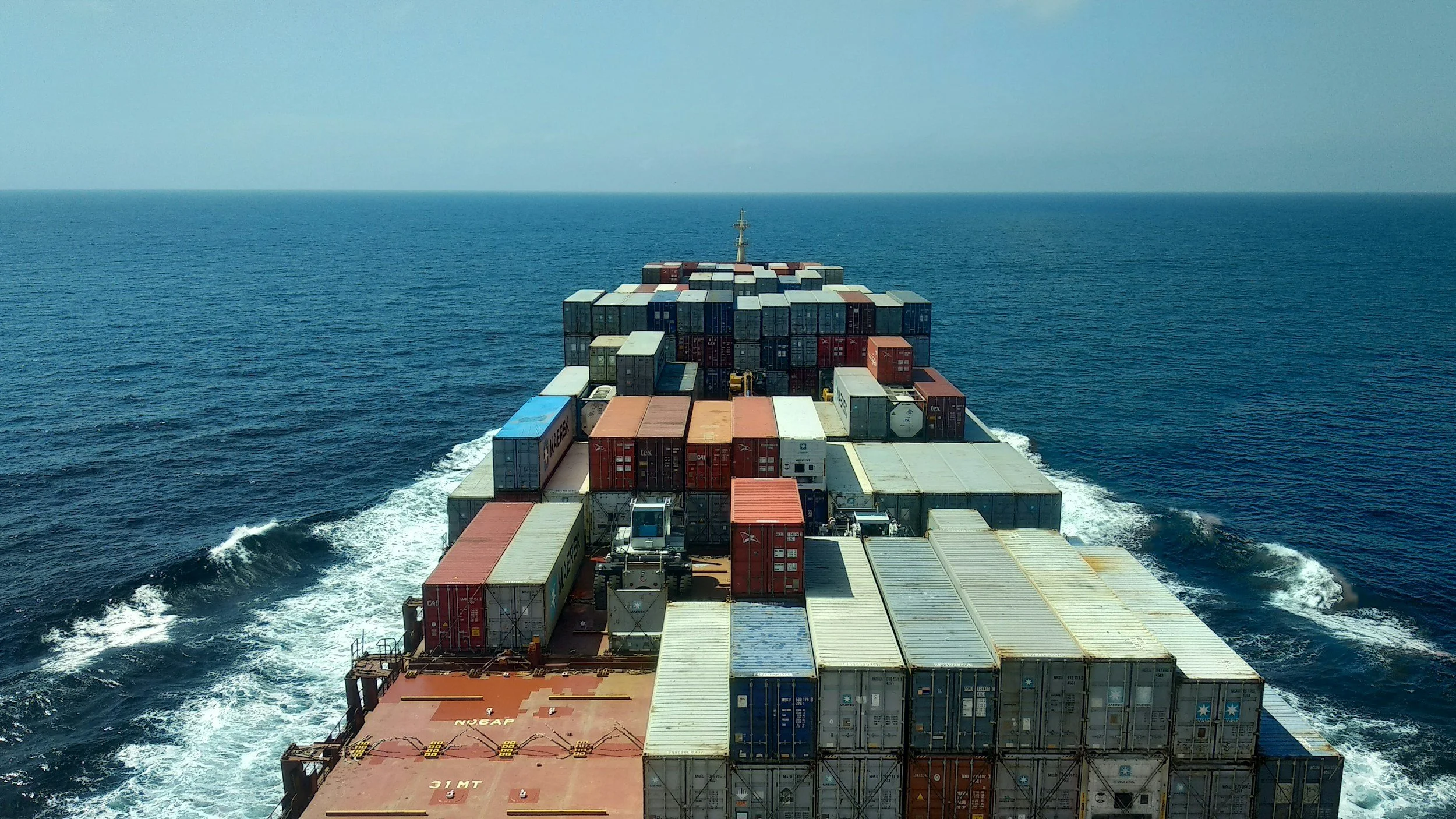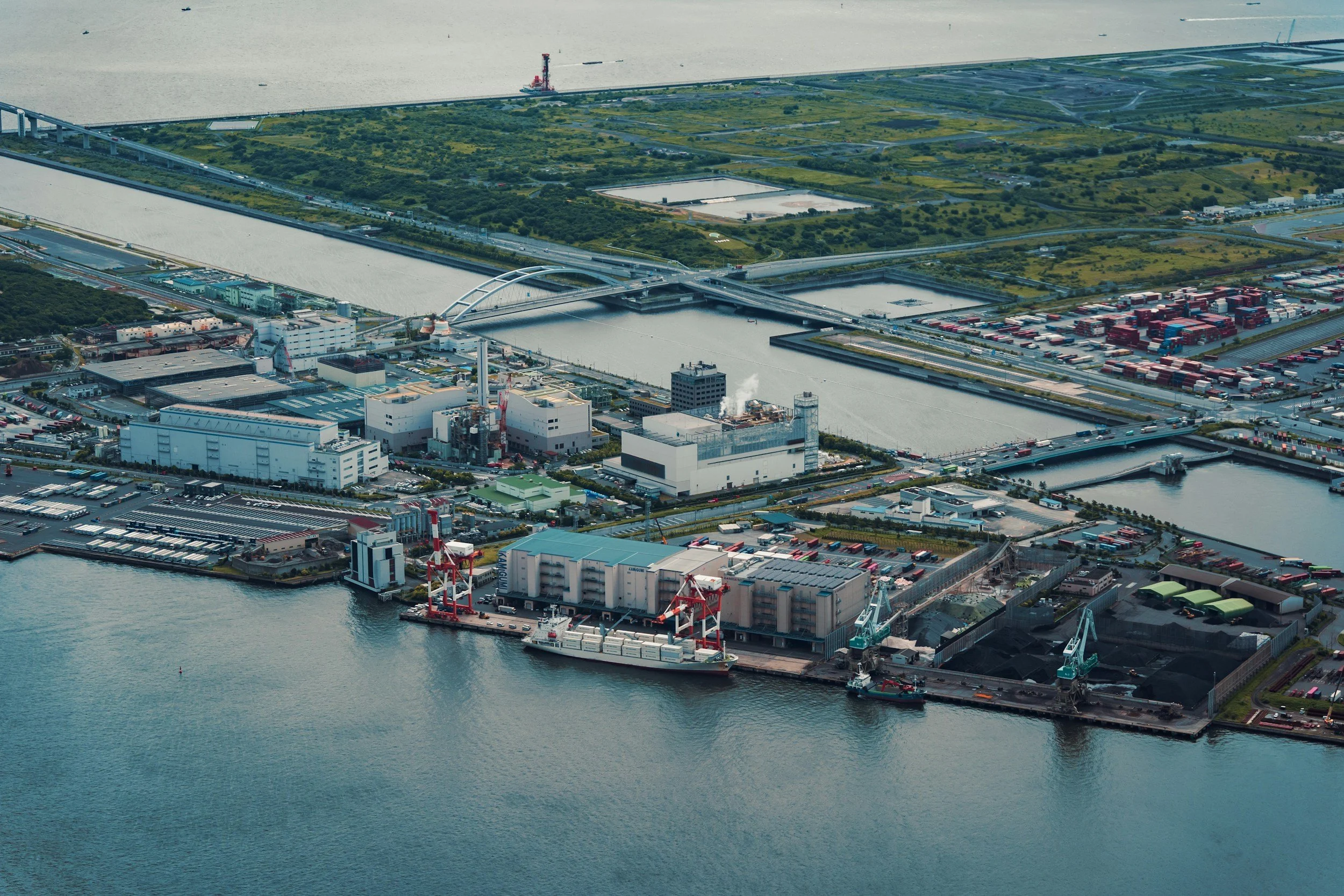
Search our collection of articles, blogs, resources and more to stay informed on the goods movement sector.
Who’s Number One?
Normally, the Port of Los Angeles is the nation’s busiest container gateway. Still, from time to time, the Port of New York/New Jersey (PNYNJ) lays claim to the title, invariably causing the East Coast media to break out the celebratory sparklers. The contest for the nation’s top container port is typically framed in the media as a rivalry between PNYNJ and the Port of LA, the Yankees vs. the Dodgers, if you will.
Preliminary June 2025 TEUs
On July 9, the National Retail Federation’s Global Port Tracker projected that 2.06 million TEUs laden with goods from abroad would arrive in June at the thirteen U.S. mainland ports it surveys.
Is the USWC Marketshare of U.S. Container Trade Winding Down?
Explore whether the U.S. West Coast’s share of container trade is declining, examining recent trends, stats, and implications for port competition.
The USWC’s Diminishing China Export Trade
Through the first five months of 2025, containerized export tonnage from U.S. West Coast ports to China and Hong Kong plunged by 42.1% from the same period a year earlier and by 61.4% from the same months in 2019.
Japan’s Container Trade with the Ports of Tacoma and Seattle
Once upon a time, Japan was the primary overseas trading partner of the ports that now operate as the Northwest Seaport Alliance. Indeed, Japan was the leading U.S. trading partner for containerized cargo, according to a 1980 report from the U.S. Maritime Administration.
To Reduce or Not to Reduce Emissions? That is the Question
Jennifer Cohen, PMSA Vice President, Government Relations
PMSA has sponsored a bill for the past several years in the California state legislature to facilitate testing and piloting, at 100% private expense, of cargo handling equipment (CHE) technology that eliminates tailpipe greenhouse gas and diesel particulate matter emissions, and nearly eliminates nitrogen oxide emissions.
A Tax on Trade: The Hidden Costs of the Port ISR
Mike Jacob, President
Examine how the South Coast Air Board’s proposed rule 2304 (ISR) acts as an indirect tax on consumers. This article analyzes regulation impacts, economic implications, and what maritime and logistics sectors need to know.
Preliminary May 2025 TEUs
Discover the latest preliminary container volumes for May 2025, revealing emerging shifts in port trade dynamics. This update highlights trends across major West Coast, East Coast, Gulf, and Canadian ports, offering a snapshot of loaded and empty TEU activity.
America's Favorite Fruit: The Banana's Journey to Your Grocery Aisle
Trace the journey of America’s favorite fruit—from tropical plantations to supermarket shelves. This article delves into banana production, shipping logistics, and trade dynamics shaping the fruit’s path to your grocery cart.
West Coast Tree Nut Export Trade
Explore West Coast tree nut exports in this data-rich analysis. From almonds and pistachios to walnuts, discover port-specific volumes, top global destinations, and how tariffs and logistics shape California’s vital agricultural trade.
Revisiting the Numbers on Reversions to Historic Norms
Dive into a data-driven analysis of how container trade is reverting to long-term patterns. This article examines historical norms, trends in empty vs. laden TEUs, and what these shifts reveal about global trade stability and U.S. export competitiveness.
Dissecting the Backhaul Trade: Empties vs. Exports
Jock O’Connell
Explore the complexities of America’s containerized export trade in this in-depth analysis by Jock O’Connell. From rising outbound empty TEUs to long-standing trade imbalances, this article examines the economic, political, and logistical forces behind the U.S. backhaul trade. Featuring port-by-port breakdowns and historical context, it offers crucial insight into why empties are overtaking exports and what that reveals about U.S. competitiveness in global trade.
Port Indirect Source Rule Newsletter #12
Despite strong opposition, AQMD moves forward with a rebranded "Ports Infrastructure Rule" aimed at regulating port operations. Learn more about the impact of this rule and the upcoming community workshop in our latest update.
Rebuilding the US Maritime Manufacturing Sector Requires Collaboration and Investment, Not New Tariffs and Taxes
Mike Jacob, President
In a political environment with a dearth of work across the aisle, the bipartisanship in efforts to reinvigorate and grow the US footprint in the maritime industry, including in the shipbuilding and equipment manufacturing sectors, is particularly remarkable.
When the National Closet Gets Too Full
Jock O’Connell
My late Aunt Euphrasia’s daughter Philomena has long been a prescient source of market intelligence. A notoriously frugal soul, she has always shopped for household staples, along with her usual supply of “cooking” wines, at discount stores she derisively refers to as her “General Buck” stores.
Shifting Currents: Air Freight Surges as Container Trade Reverts to Norms
Everyone knows that importers striving to avoid impending tariff increases brought in a passel of products during the first quarter of this year. In every media outlet from print newspapers to gubernatorial podcasts, images depicting seaport operations are used to frame reports about the nation’s foreign trade.
America’s Top Ten Container Gateways in Q1 2025
Exhibits 9 and 10 show the nation’s ten leading container gateways ranked by the declared weight and value of containerized imports during the first quarter of 2025.
Is It Too Late to Rescue American Global Economic Strength from Our Unforced Tariff Errors?
Mike Jacob, President
In this compelling commentary, PMSA President Mike Jacob critiques recent U.S. tariff policies as self-inflicted setbacks to American global economic leadership. He highlights the risks these measures pose to consumers, supply chains, and long-term industrial growth—including efforts to revitalize U.S. shipbuilding. Jacob calls for a return to trade policies that foster economic strength, global trust, and strategic maritime investment.
Shifting Coastal Shares of U.S. Containerized Import Traffic
U.S. West Coast ports saw a drop in containerized import market share this spring. Explore shifting coastal trends, export transport modes, and 2024’s trade data breakdown.
Exporting Nuts in a Time of Tariffs
Explore how retaliatory tariffs are impacting California’s almond, walnut, and pistachio exports. See 2025 YTD volumes and economic effects on U.S. agriculture.




















